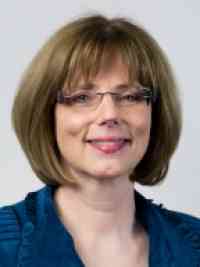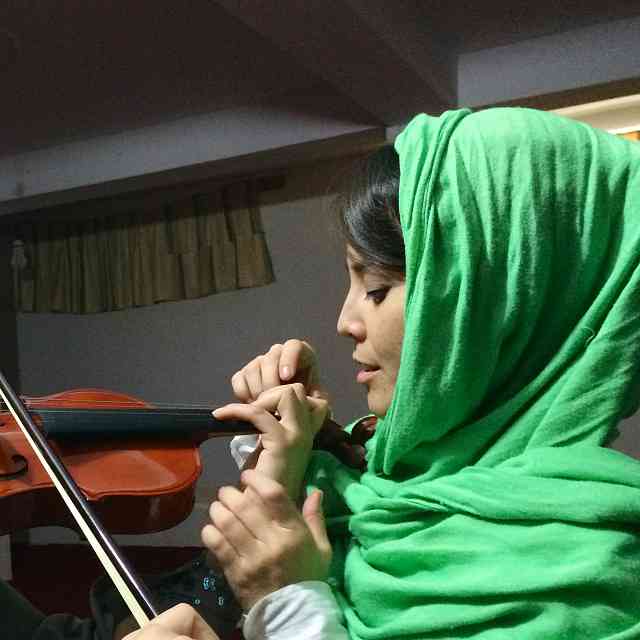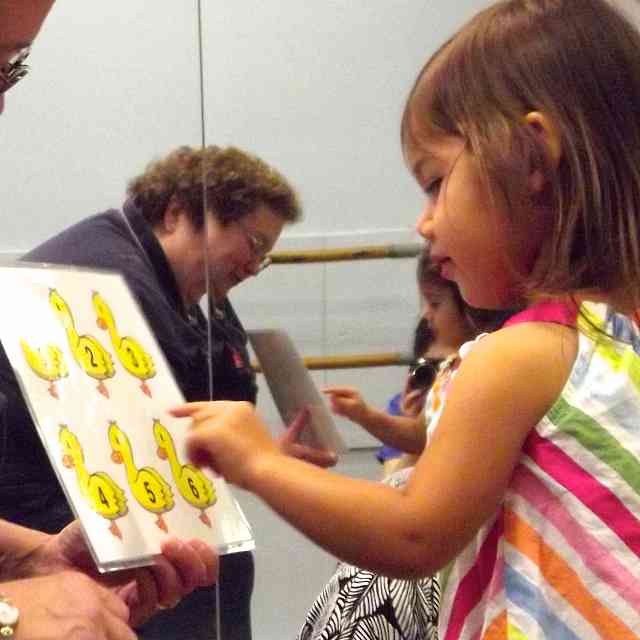
Laurel Trainor
Dr. Laurel Trainor is a professor in the Department of Psychology, Neuroscience and Behaviour at McMaster University, a research scientist at the Rotman Research Institute at Baycrest Hospital, Toronto, and the director of the McMaster Institute for Music and the Mind.
She has published more than one hundred research articles and book chapters on the neuroscience of auditory development and the perception of music in journals including Science, Nature, Journal of Neuroscience, Signal Processing and Psychological Science. She is a fellow of the Association for Psychological Science, and an Innovator of Distinction. She holds major grants from the Canadian Foundation for Innovation, The Canadian Institutes of Health Research, the Natural Science and Engineering Research Council of Canada, the Social Science Research Council of Canada and the Grammy Foundation. She has given invited keynote addresses at many major academic conferences and her research has a high media profile. Laurel is the founding director of the McMaster Institute for Music and the Mind, a multidisciplinary group of researchers whose mandate is to promote the scientific study of music, to promote music education, and to engage the community. This group recently received a $6 million grant from the Canada Foundation for Innovation and partners to build cutting edge laboratories to study music performance and performer-audience interactions. Laurel also has a bachelor of music performance from the University of Toronto, likes playing chamber music, and is currently principal flute of Symphony Hamilton.
What is your musical background?
I studied flute at the University of Toronto under Nora Shulman and Jeanne Baxtresser. I have freelanced, played in orchestras, including at the Banff School, studied with Geoffrey Gilbert, and love playing chamber music. I am currently playing principal flute in Symphony on the Bay and find it hard to imagine a life without playing!
How did you get into your present field?
I was torn between going into science or studying music. I initially completed a few years of math and physics, then transferred to music and completed a degree in music performance. After that, I worked as a musician and as a music teacher, but also studied computer science and artificial intelligence. Finally, I realized that I could bring both music and science together by studying psychology. Today I research topics in the perception, cognition and neuroscience of music.
What projects are you involved in at the moment?
I am involved in many research projects! For example, we have recently shown that when fourteen-month-old infants are bounced in synchrony to music with another experimenter, they are more likely to help that experimenter (e.g., pick up “accidentally” dropped objects) compared to if they were bounced out of synch. I think this is very important in that iy shows that moving to music creates social bonds between people, even infants! My students and I are also involved in EEG studies where we are looking at how the brain encodes rhythms. We have found that neural oscillations between the auditory and motor region track musical beat patterns.
We have also shown recently that some basic aspects of musical structure arise from non-linear dynamics right in the cochlea of the inner ear. For example, the melody in music is most often put in the highest pitched voice, and we have shown that when two voices are presented at the same time, the higher voice masks the lower voice in pitch salience. On the other hand, for timing information, the lower voice has better accuracy, consistent with the musical practice of conveying the beat with lower-pitched instruments.
Perhaps most exciting is the new LIVE Lab at McMaster. This is a research concert hall, the first of its kind in the world! It is a one hundred-seat concert hall equipped with virtual acoustics (it can sound like a cathedral or completely dead), the ability to measure EEG and physiology (heart rate, skin responses) in audience members and performers, motion capture, sound recording and video presentation—and it has a Disklavier piano. There are about thirty researchers involved in this lab, and it promises to give us valuable new information on how performers and audiences interact, how children learn music, and how music can be used to promote health.
What has been the most satisfying part of your career?
I think what I enjoy most is interacting with students and discussing new research ideas. I also enjoy seeing research that gets implemented in the real world.
What trends are you seeing in music education?
I see music education becoming more interdisciplinary. For example, knowledge of how children mature and develop in general can inform best practices in teaching. As well, judicious use of technologies to supplement live teaching will become more and more useful and important. Individualizing education to fit the needs of each student is another trend of interest to music teachers. I think that availability of music on the internet and new ways of interacting musically will change how we think about music education in the future. I think that Dr. Suzuki would have been fascinated by all this and would have incorporated the best aspects in his teaching.
How did you become involved with Suzuki?
My children both studied Suzuki (violin and viola), so I became interested in the philosophy behind it. I was also inspired by David Gerry, who is such a gifted teacher, and I was interested to know the kind of training he had and who influenced his ideas.
How do you view your commitment to serve on the SAA Honorary Board?
I think that music education for all children is very important, and I want to help the SAA in their mission of enriching music teachers and music students.








